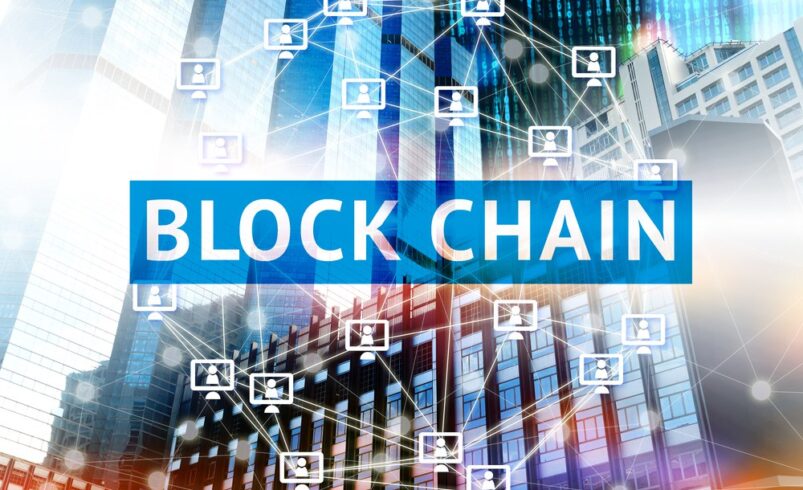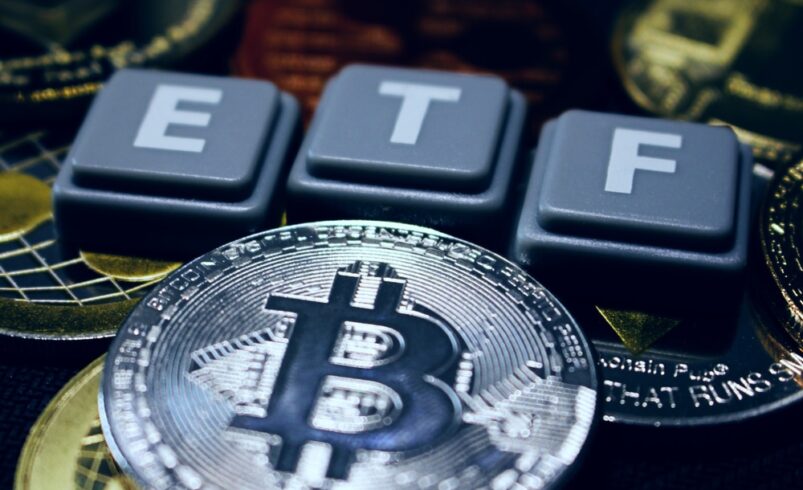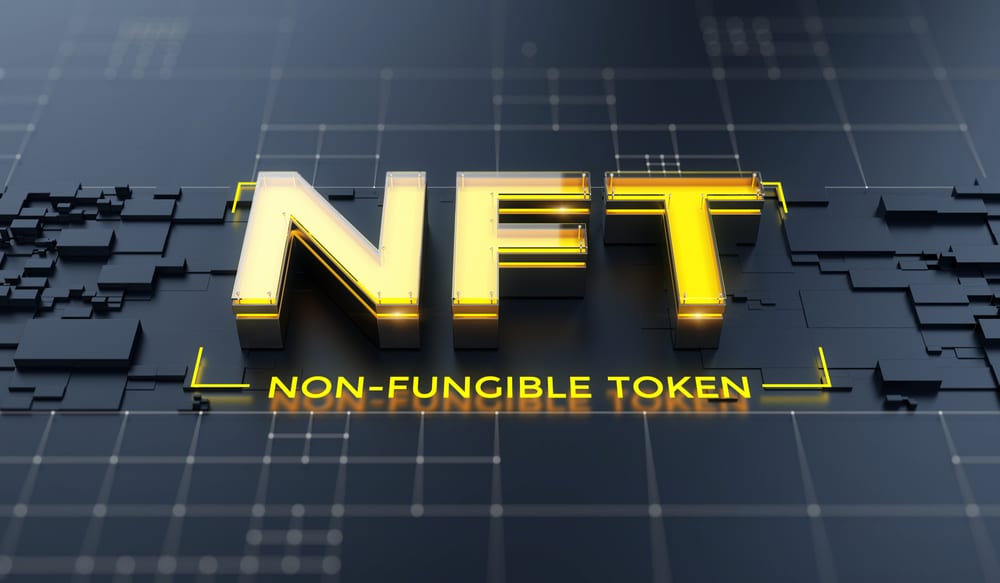A Beginner’s Complete Guide to Blockchain Technology

Fundamentals of Blockchain Technology
Blockchain presents a modernized system for archiving data, using decentralized computers to hold information across interconnected ledgers. Here, a “block” is a compilation of individual records, whereas the “chain” refers to the sequence that binds these record-filled blocks, resulting in an unbroken and integrated ledger.
In this continuous registry, each block accommodates a bundle of transactions. When a new transaction takes place, a copy is disseminated across the nodes that constitute the network. This process drastically enhances the system’s resistance to unauthorized alterations or deceptions.
In today’s context, blockchain emerges as an essential technology that safeguards a wide array of information—from cryptocurrency transactions and records of non-fungible tokens (NFTs) to smart contracts in decentralized finance (DeFi).
The Historical Context of Blockchain Technology
Though initially conceptualized by a group of researchers in 1991, the idea of a secure, encrypted series of data blocks needed to capture immediate attention. In conjunction with the Bitcoin phenomenon, the concept underwent a revival in 2009 by an unidentified person or group, famously known as Satoshi Nakamoto.
It’s often mistakenly assumed that Bitcoin and blockchain are synonymous. However, Bitcoin is merely a specialized application that uses blockchain technology as its foundation. In reality, the utility of blockchain extends to a multitude of securely recorded data types, including but not limited to financial exchanges, inventory metrics, or land ownership documents.
Understanding the Inner Mechanics of Blockchain Technology
Blockchain’s foundational attribute lies in its unalterable and distributed nature, which places it under the broader categorization of distributed ledger technologies (DLT).
A consortium of computers, commonly called nodes, sustains conventional blockchains. These nodes possess a complete ledger of every transaction executed within that blockchain. Should an attempt be made to insert falsified transaction data, it’s rapidly identified and nullified due to the network’s exhaustive history of activities.
Each block in a standard blockchain structure contains data, a cryptographic nonce, and a hash. Such blocks can host a wide array of data elements like timestamps of financial transactions, logs of digital events, or smart contracts.
Exploring the Architectural Varieties of Blockchain
Multiple blockchain platforms exist, granting developers and users the capability to craft and delve into innovative applications by leveraging the underlying robustness of blockchain technology. Prominent platforms provide a multitude of developmental prospects.
For example, Ethereum has evolved as an incubator for creating smart contracts, unique Initial Coin Offerings (ICOs), and Non-Fungible Tokens (NFTs). These advancements are anchored on the Ethereum network and upheld by its nodes.
Types of Blockchain Networks: Public vs. Private
Public blockchains are transparent networks anyone can join, contribute to, and examine the blockchain’s data. Notable examples would be Bitcoin and Ethereum.
Conversely, private blockchains, such as Ripple or Hyperledger, are governed by a specified group or organization. Access to these networks is restricted to those invited, and the authority to modify the blockchain resides with this governing entity. This variant is a fortified yet internal data storage architecture supported by a series of nodes for heightened security.
Diverse Real-World Use Cases of Blockchain Technology
Often misunderstood as being limited to cryptocurrencies, blockchain technology offers far-reaching applications that could transform various industries.
Digital Currencies
Best known for its fundamental role in creating the backbone for various digital currencies, blockchain’s utility extends to many sectors. Involvement in acquiring, trading, and liquidating digital currencies securely recorded on blockchain platforms could further amplify the technology’s relevance across multiple fields.
The Impact on Banking and Financial Transactions
Blockchain’s ability to function round-the-clock provides unique advantages to the financial realm. Unlike conventional banking systems limited by operational hours, blockchain ensures quick, real-time transaction approvals. Traditional currencies like the dollar and euro are already part of this blockchain evolution, as evidenced by initiatives from financial institutions like HSBC and Wells Fargo.
Recording and Managing Assets
The immutable qualities of blockchain make it an optimal tool for logging and managing various assets. Beyond its role in Non-Fungible Tokens (NFTs), blockchain’s scope includes other tangible assets, like property. The technology allows stakeholders to verify ownership and financial eligibility swiftly and securely, thus streamlining the asset transfer process.
Smart Contracts
Smart contracts, a pioneering concept introduced by blockchain technology, offer autonomous management of contract terms, executing actions like payments once specific conditions are met.
Enhancing Supply Chain Transparency
Businesses can use blockchain to track the origins and quality of products, ensuring more accurate labeling and better supply chain integrity.
Securing Electoral Processes
Efforts are underway to explore how blockchain could mitigate fraudulent practices in elections. Blockchain-based voting systems have been tested in places like West Virginia to improve the transparency and integrity of electoral processes.
Digital Health Records
Once authenticated, health records can be securely embedded in a blockchain, adding an extra layer of security and accessibility to crucial medical information.
Blockchain Technology: Advantages and Challenges
Strengths
- Accurate transactions
- Reduced need for intermediaries
- Enhanced data security through decentralization
- Efficient and secure transaction processes
- Transparency in technological operations
Weaknesses
- High energy consumption in specific applications
- Slower data processing and speed
- Regulatory complexities
- Data storage limitations
- Potential for asset loss
Final Thoughts
According to a study in 2021, a majority of innovators in the financial sector view blockchain as a technology that has reached mainstream acceptance. As its versatile uses continue to be explored, experts see the technology’s wide-ranging applicability. While challenges remain, particularly around blockchain’s limitations, traditional industries are increasingly considering incorporating this technology.
DISCLAIMER: It's essential to understand that the articles on this site are not meant to serve as, nor should it be construed as, advice in legal, tax, investment, financial, or any other professional context. You should only invest an amount that you are prepared to lose, and it's advisable to consult with an independent financial expert if you're uncertain. To obtain more information, kindly examine the terms of service and the assistance and support resources made available by the issuing or advertising entity. Our website is committed to delivering accurate and unbiased news, yet it's important to note that market conditions may change rapidly. Also, be aware that some (but not all) articles on our site are compensated or sponsored.








